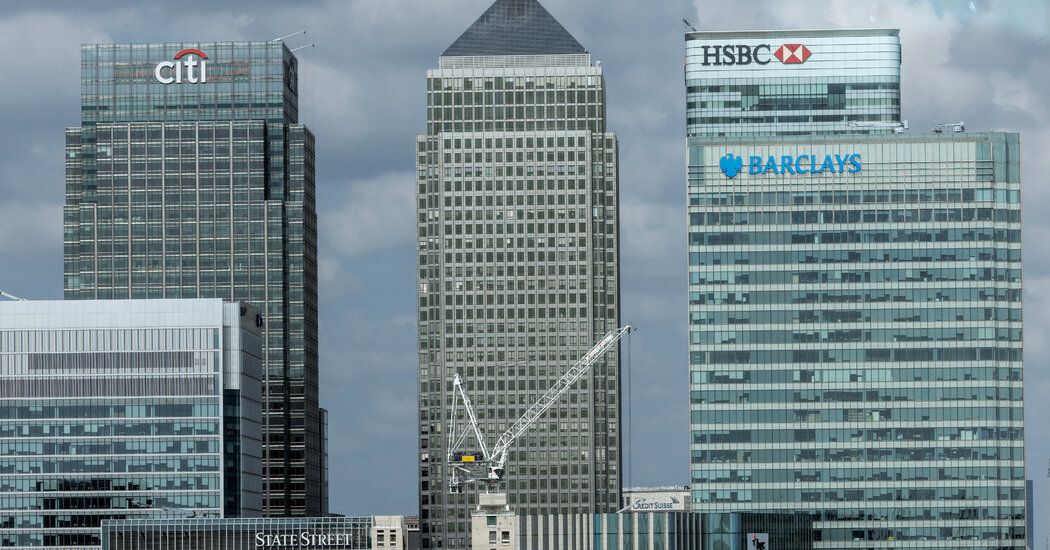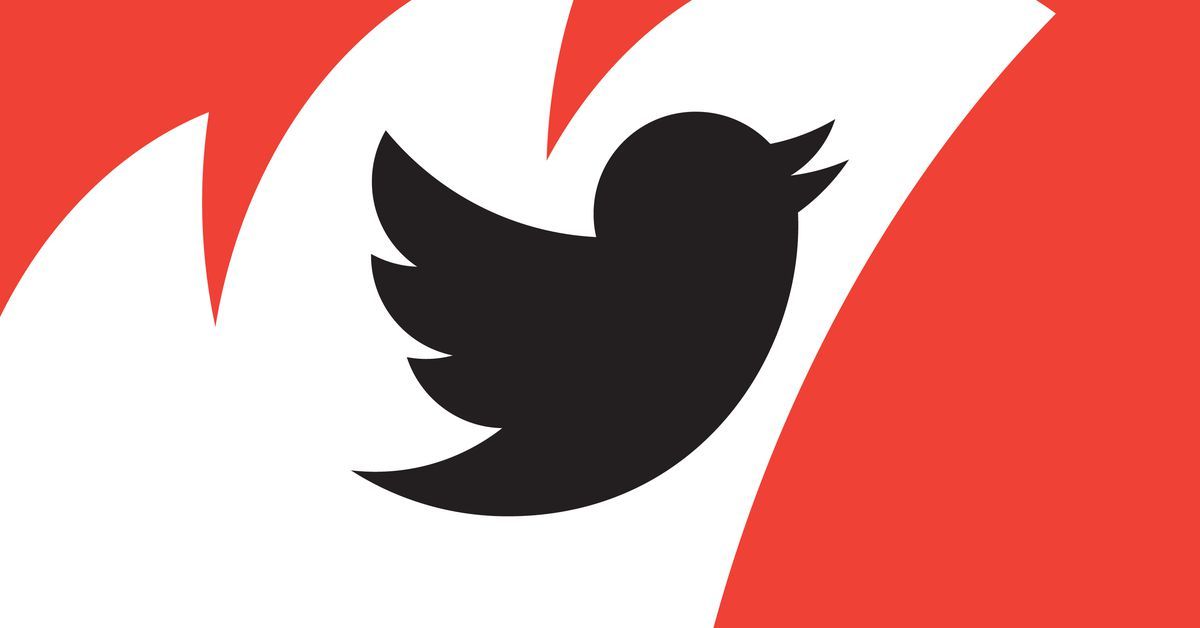Libor Is Coming to an End
The arduous, decade-long process to end the financial system’s reliance on a tarnished interest-rate benchmark, which once underpinned trillions of dollars in contracts across the globe, is almost over. From next week, the rate, known as the London Interbank Offered Rate, or LIBOR for short, will cease to be published.
LIBOR is a collective term for dozens of rates, denominated in different currencies, intended to reflect how much it costs banks to borrow from one another. That rate is important because it reflects the baseline cost that banks pass on to customers. The ups and downs in LIBOR have been reflected in many mortgages, student loans, corporate bonds and a wide variety of financial derivatives, starting more than 50 years ago.
In 2012, the British bank Barclays became the first of many to be fined by regulators for manipulating LIBOR, which was compiled by taking an average of the rates quoted by a relatively small panel of banks each day. The submissions were supposed to reflect market conditions, but because they were not expressly linked to actual trading, the submitters were accused of gaming the system by quoting higher or lower rates to benefit specific trades. In the end, roughly $10 billion in fines were meted out across the financial industry over accusations of LIBOR rigging, which led to efforts to move away from the tainted benchmark.
This week, that mammoth effort is crossing the finish line.
“LIBOR was a ubiquitous rate across all global financial products; it was the single most important benchmark in the world, and to move the market away from that has been a truly herculean effort,” said Mark Cabana, the head of U.S. rates strategy at Bank of America. “There are still issues, but it’s remarkable that LIBOR will go out with more of a whimper than a bang. That was unthinkable years ago.”
Source: The New York Times


